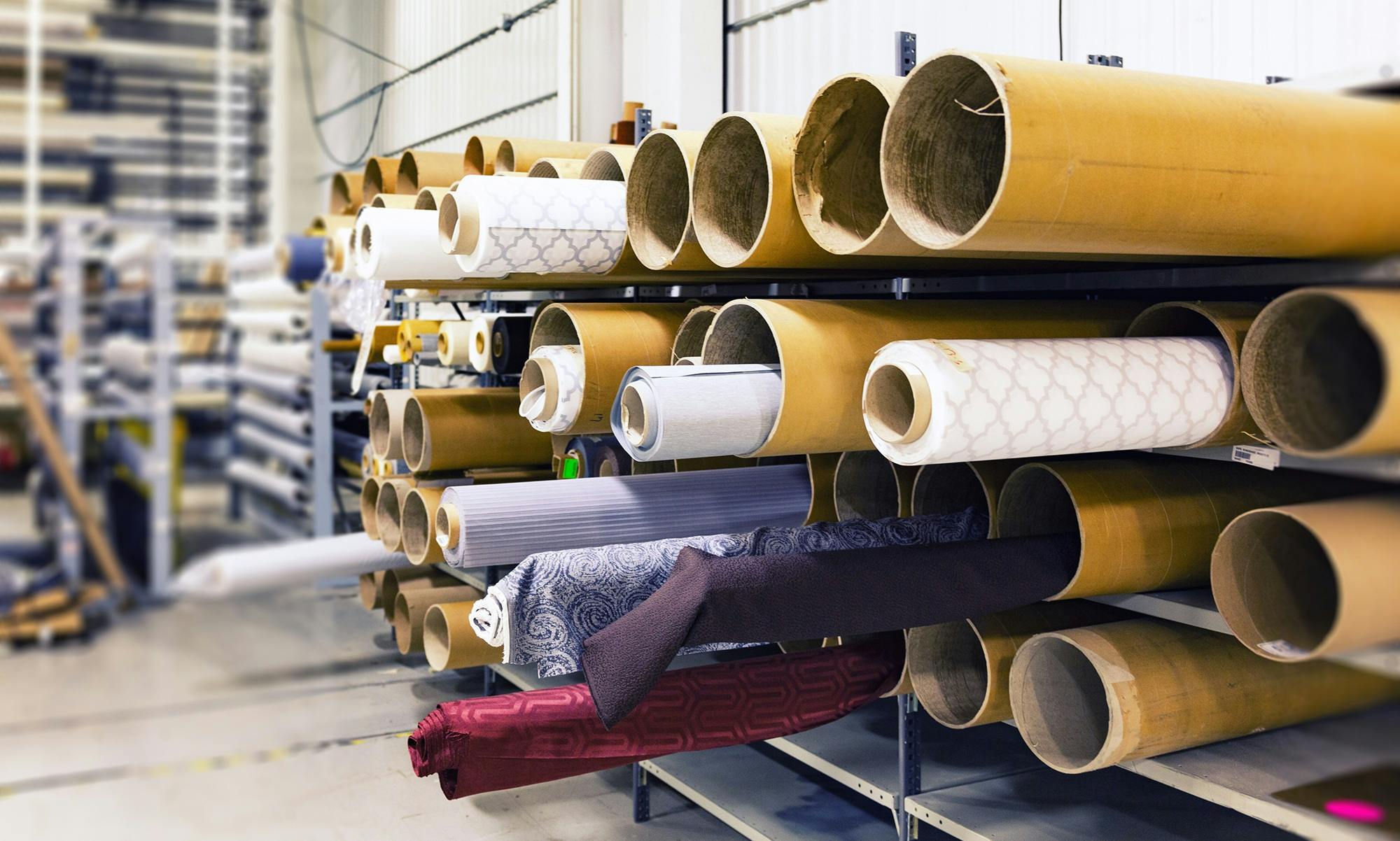What OEM means, and how it differs from ODM and white‑label
-
OEM (Original Equipment Manufacturer): You provide the spec; supplier makes to your spec. You typically control tests and much of compliance documentation. Best when you need brand-specific design and repeatable quality.
-
ODM (Original Design Manufacturer): Supplier’s design with limited changes; you buy into their spec. Faster starts, less IP control.
-
White-label: No design changes; your branding only. Fastest route, least control over materials.
At its simplest, an OEM (Original Equipment Manufacturer) makes components or finished items that another company sells under its brand. In procurement, the buyer usually supplies the specifications and accepts the finished product to that spec.
Why the distinction matters to procurement
When you buy OEM goods you typically expect to own or control the product specification, approval tests and many aspects of regulatory compliance. When you buy ODM you accept the supplier’s design and more limited IP rights. White‑label usually means no design changes and only branding rights.
- Include a clear IP clause specifying whether tooling, CAD files, molds and source files transfer to you.
- Require written OEM software license text before purchase if the product ships with preinstalled software.
- Stipulate test reports (lab certificates) and who pays for failed tests.
For a supplier-side quality baseline, ask for ISO 9001 certification documentation when process control matters.ISO 9001
Ordering, sampling and decoration steps
-
One-page spec: materials, dimensions/tolerances, labeling, quantities by colorway, target delivery windows.
-
Line-item quote: MOQ, price tiers, tooling, sample fee, estimated lead time.
-
PPS / pilot run: Approve a pre-production sample before bulk.
-
Quality gates: Define inspection points—PPS approval, inline checks, final inspection, and lab tests for regulated properties.
-
Production & ship: Lock packaging/labels; collect final test reports before shipment.
For apparel and textiles specify test methods (color fastness, rub, shrink) using AATCC methods or an equivalent test standard.AATCC
Quick comparison: OEM vs ODM vs white‑label
| Model | Design owner | Best when… |
|---|---|---|
| OEM | Buyer (or agreed transfer) | Need full spec control, custom fit, regulatory ownership |
| ODM | Supplier | Want faster productization with lower design cost |
| White‑label | Supplier | Quick branding, minimal design change |
Procurement checklist (copy into PO or contract)
- Specification and acceptance tests (materials, dimensions, tolerances, labeling).
- MOQ and tiered pricing, tooling fees, sample cost, and detailed lead times.
- IP assignment or license terms, including source files and molds.
- Compliance requirements and required test reports (pre‑shipment).
- Warranty terms, return process, and traceability/audit rights.
Pro tip: Request separate timelines for samples vs. production and tie payments to delivery milestones—this reduces launch risk.
Next step: send a short spec and target volume to three suppliers and request written quotes. Compare using the checklist and use our PO and lead-time template to standardize responses. For private‑label apparel options see our custom private-label manufacturer page and for material choices consult material and fabric choices.
All trademarks are property of their respective owners. This article is informational and implies no affiliation or endorsement.
FAQ
Is OEM the same as OE?
No. OE (Original Equipment) usually names the part used on a finished product; OEM names the manufacturer that supplied parts to the brand. Tip: include the OE/OEM designation in the PO to avoid confusion.
When should I insist on OEM rather than ODM?
Insist on OEM when you must own design IP, need strict material specs, or must meet regulatory certifications. Put IP assignment and tooling ownership into the contract.
Do OEM software licenses allow resale?
Not always. OEM software licenses commonly limit resale, transfer and support obligations. Request the actual license text and the distributor rules before finalizing purchase. See Microsoft OEM licensing docs for an example of typical restrictions.Microsoft OEM licensing
What lead times and MOQs should procurement expect?
Lead times and MOQs vary widely by industry and complexity. Ask suppliers to separate sample and production milestones in writing and tie payments to delivery milestones. [Experience Note] Splitting a pilot run and main order reduces launch risk.






